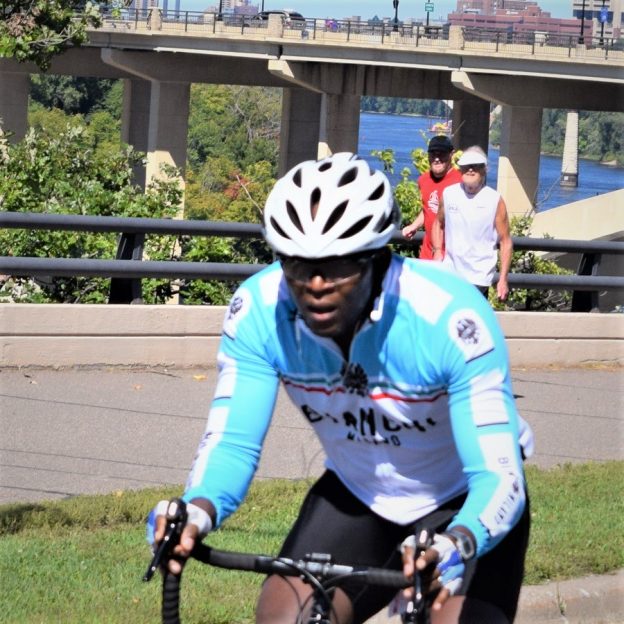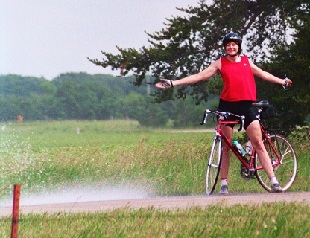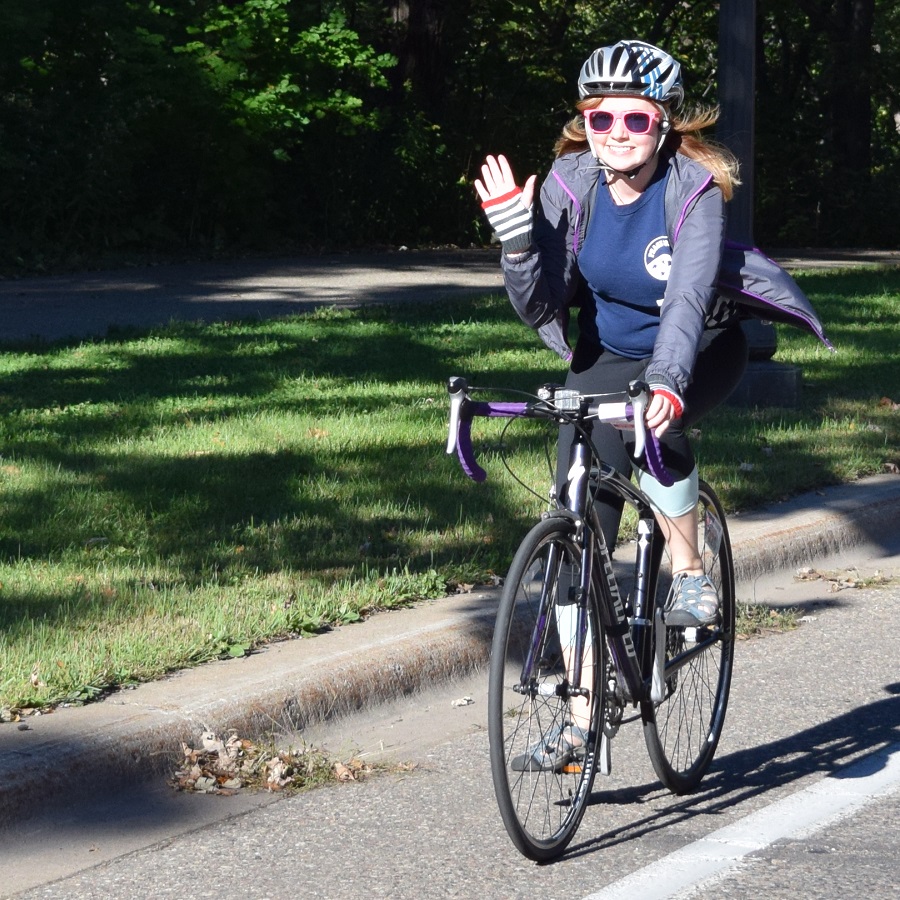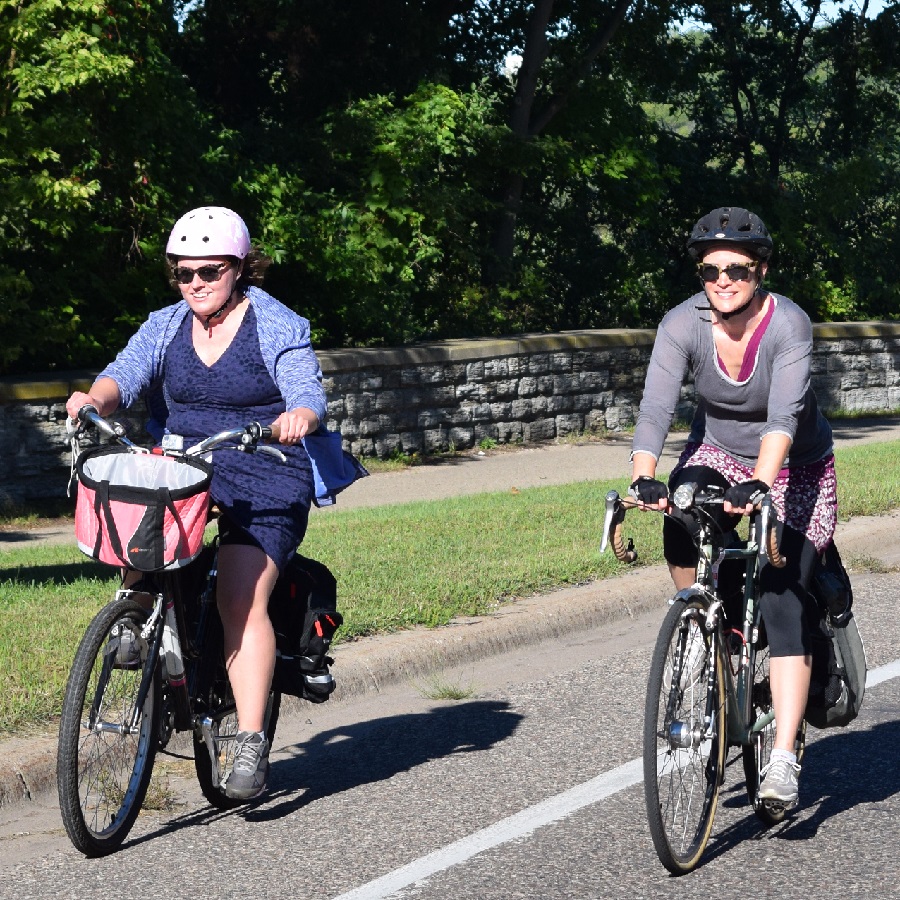The return of summer is especially welcoming to most of us here in the upper Midwest. But with the warmer temps staying cool takes a little thought in reacquainting ourselves to a hydration routine.

Staying cool while biking or playing in hot weather
If your favorite summer sport is cycling, knowing how to keep cool is crucial. According to a study done by Galloway and Maughan, the perfect temperature for running and cycling is 10º C (52 º F). So, unless you live in far northern regions of Canada you are probably biking in temperatures that are frequently above 30º C (92 º F) during the summer months. So, to enjoy your outdoor summer activities safely, when the weather is hot, requires taking a few precautions. Exercising in the heat raises your internal body temperature, putting additional stress on your heart and lungs, which can affect your performance and your health.
How Your Body Stays Cool
When your body temperature goes above normal 37º C (or 98.6º F) two processes, vasodilation (or widening of the blood vessels) and sweating kicks in to remove heat from the body. In vasodilation, veins and capillaries expand, and the heart pumps harder to send blood to the outer layers of the skin where it can be cooled. When the outside air is warmer than your body temperature you start to sweat. The evaporation of the sweat from your body helps cool it. But on hot, humid days, evaporation is reduced and this cooling process is slowed down.
So What You Can Do to Keep Cool While Cycling On a Hot Day

Make sure you hydrate well and use electrolyte fluids.

The more the better
If you have two water bottle cages, use them both by mixing one water bottle with a sports drink that has electrolytes and the other with water. Electrolytes are chemicals that form ions in body fluids. They help make sure specific bodily functions run at optimal levels. Too few electrolytes will cause the body to cramp up. There are many brands and flavors of electrolyte supplements available in premixed liquid, powder or tablet form that is easy to add to a water bottle or a water-bladder backpack to help stay hydrated and healthy. A natural source of electrolyte for after your ride, or if you stop at a grocery store along the way that sells it by the slice, is watermelon.
When the temperature soars like it is predicted this week, try to stay out of the mid-day sun. Plan your ride during the cooler times of the day—in the early morning or early evening.
Danger Signs to Watch For
If you overdo it and experience any of these symptoms: weakness, headache, dizziness, muscle cramps, nausea/ vomiting or rapid heartbeat while riding in the heat, stop and find some shade to lay down in, and replenish your fluids. You should feel better within 60-minutes. These are the warning signs to look out for to avoid heatstroke when you exercise in the heat. If any of these symptoms persist longer, call for medical help.
We hope you take the tips above and incorporate them into your next ride for staying cool when the heat index climbs. Remember, there are less than three months until the end of summer. Fall officially begins on September 22.
Have Fun and Enjoy!






